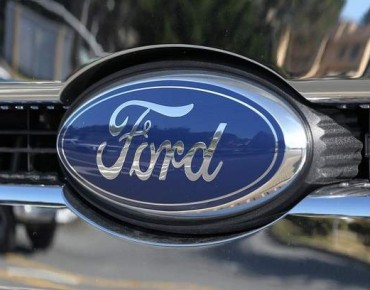Ford Turns to Altair, Cray for Auto Engineering

Kevin Tallio, a senior engine developer at Ford, is one of many engineers throughout the auto industry who’s taking advantage of computing power and computer-aided engineering to design parts that weren't before possible and in a way that's faster and less expensive.
According to Tallio, creating something as mechanically complex as the winding parts of a cylinder head would have taken eight months only a few years ago. In some cases, the part would even be impossible to manufacture, but advanced computer-aided design (CAE) tools means that in those eight months, Ford can test dozens of designs, and create what was never before possible.
But taking advantage of these modeling and simulation tools requires simultaneously investments in infrastructure. According to Nand Kochhar, executive technical director of CAE at Ford, the company has increased its computing power by about 50 percent each year for the past eight years.
At Ford’s Dearborn Mich., base, multistory buildings stacked floor to ceiling computers support CAE efforts, but for Ford that’s only the the beginning. The automaker also has arrangements with Oak Ridge National Laboratory to step in when bigger calculations are needed, and in addition Ford is looking to provide a boost for its own infrastructure.
Hau Thai-Tang, the global purchasing chief for Ford, says the company is adding Cray supercomputers to its proprietary facilities. "We can put in a set of constraints, throw it in the Cray overnight, and it will spit out the most efficient solution," he says in an interview with the Wall Street Journal’s Mike Ramsey.
Meanwhile, Altair Engineering is making a name for itself throughout the auto industry with its design and engineering software offerings. Through it, engineers are churning out organic looking designs that are then optimized to fit within each car body.
In the past such boldness would like be extremely expensive from a manufacturing standpoint, which meant that the small advantages they could have offered in terms of fuel efficiency were not worth the investment, but not anymore.
In the case of Ford’s new cylinder head, prototyping from design to manufacture took place over a matter of days, not months, costing thousands of dollars instead of millions, which in the end provides the company a safety net for bringing daring new ideas to market. "It's like a parachute for our ideas," says Tallio.
Now, rather than putting prototypes through a wind tunnel, spending millions of dollars on a prototype whose only purpose is to be crashed, and taking cars across the world to test them in the world’s most extreme conditions, Ford is making this all happen virtually. "We can install the engine-management software into the computer model and run the engine" to see how it performs with newly designed parts under a wide variety of conditions, says Bob Trecapelli, Ford's global director of digital innovation development and deployment.










